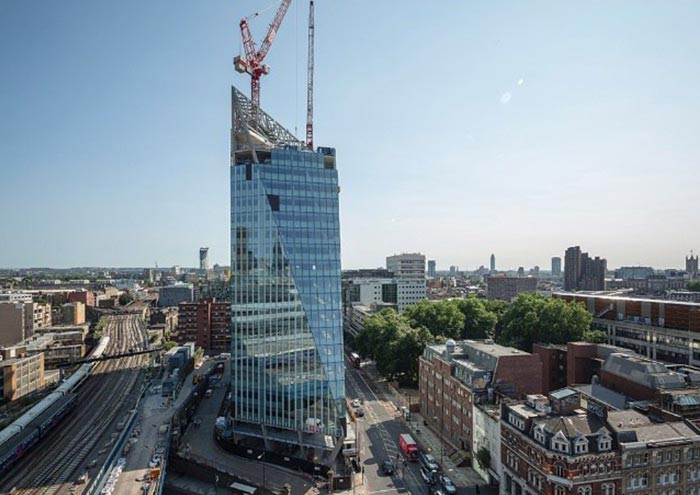NEW PART L 2013 CHANGES
The main objective of Part L regulations is to cut the UK’s carbon emissions in order to positively contribute to make all new homes zero-carbon by 2016. In fact, reduce carbon emissions from the built environment is essential for the UK in order to mitigate the Climate Change. Design performance of buildings is a key […]
240 Black Friars Road- London- LEED Assessment Coordination

240 Blackfriars is a major development composed of two distinct components that seeks to define the skyline at a pivotal junction of road, rail and river. Currently on site at the south end of Blackfriars Bridge, the project will provide over 220,000 square feet of high performance office space, animated by ground-level retail units. Part […]
LEED Assessment Services
Publicly displaying green credentials is becoming a must for organisations in our new sustainably-aware society. Multi-national companies are keen to show that every part of their business is green, including their buildings. In other words, being green and sustainable development, and indicating that by employing one of the conventional sustainability measures, is a part of […]
SUDS DESIGN FOR PLANNING
Sustainable Drainage Systems (SUDS) are considered rural sustainable water management practices in order to mitigate the adverse effects caused by flooding and storms. Furthermore, they should be considered as an efficient means in maximising benefits to water quality, biodiversity, amenity, flood risk management, economic gain and climate change adaptation. The integration of these systems in […]
GREY WATER HARVESTING DESIGN
Grey water is wastewater that has been used in clothes washers, bathtubs and showers, etc. These can be collected using separate drainage pipes, after which they are filtered and temporarily stored without treatment. A further step is the distribution in subsurface outdoor irrigation. Furthermore, another usage of grey water is for toilet flushing after purifying […]
FLOOD RISK ASSESSMENT FOR PLANNING
A flood risk assessment is required in all areas at risk of flooding. In these areas the planning permission is not given without a flood risk assessment study. Furthermore, it is also important in order to maintain and insure existing buildings. The UK National Planning Policy Framework (NPPF) considers the Flood Risk Assessment (FRA) as […]
BELOW GROUND DRAINAGE DESIGN
Before you alter or install a new drainage system it is always necessary to inform the Building Control Department or the local council offices. In fact, it is necessary that the present plans comply with Building Regulations. There are different types of drainage systems: foul water and surface water. The former regards everything that come […]
Syntegra Consulting demonstrate significant client savings(Carbon/Energy/Money) in 2013
How does a client know who to appoint when considering their design team or trusted advisors? There is plentiful research to show that the human brain is not only inclined to be attracted to people who are like ourselves but who are trusted and credible in their own niche. So why consider Syntegra Consulting? For […]


You must be logged in to post a comment.